The genesis of timepieces during the 1800s saw the emergence of premium-grade metals such as 18k gold, sterling silver, and platinum. The initial pocket watches featured bracelets in these metals and were birthed first by esteemed brands like Graham, Zenith and Jaeger LeCoultre. In fact, prestigious names like Rolex, Cartier, Chopard, and Bvlgari continue to make luxury bracelets in 18k rose, yellow and white gold.
However, and interestingly so, over the years, there has been a surge in the demand for steel bracelets over any other make or material. Aside from traditional materials like yellow gold and platinum for watches, new designs made in stainless steel and dual-tone stainless steel are being presented by various luxury watch companies. This is revolutionary in the watch industry, mainly because stainless steel watches offer a host of benefits.

The metal used to make the bracelet is usually an important factor to be considered before purchasing a watch, in terms of its appearance, cost, allergenic properties, and weight. Considering these factors, stainless steel is a popular choice due to its anti-corrosive characteristics. It does not get affected by moisture, perspiration and seawater (acids and salts). A primary reason why most diving watches are offered in two-toned steel or stainless steel is that they’re not only aesthetic but also functional.
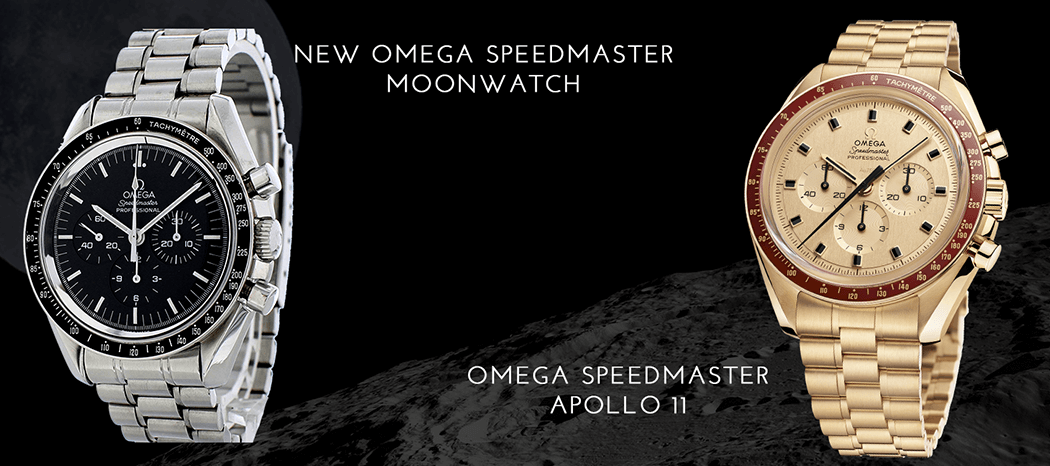
In tandem with this shift towards a more economical material for classic, vintage-inspired pieces, many renowned watchmakers are relaunching older styles with more accessible price points. Several brands from Tudor to Patek Philippe to Omega released steel models based on older styles at Baselworld. Precious metal advocates also admit that currently, stainless steel remains a strong and unwavering trend. Celebrated brands like Rolex, traditionally known for their all-gold watches are also embracing this trend by offering their iconic Rolex Daytona in stainless steel. They’re able to capture the mass market because of the numbers they produce and also appeal to collectors because of their iconic status.
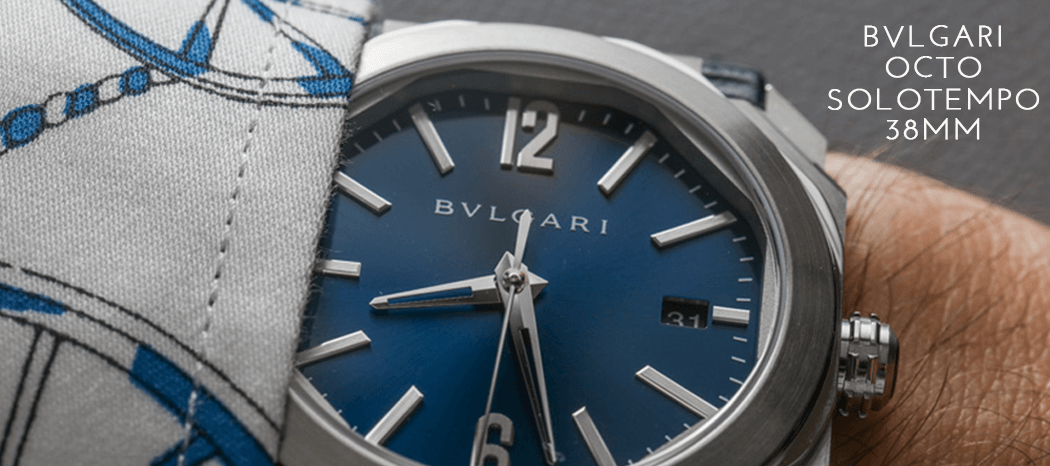
Steel is also a lighter and less cumbersome material as compared to its counterparts from a wearability standpoint. The 40 mm size is unisex, and the price point being more obtainable increases its appeal for both men and women. There is ease in carrying a steel watch across different attires such as a little black dress or tuxedo to running errands in a bomber jacket and sneakers making it such a versatile pick.
Saying that the appeal of gold and other precious metal watches has completely faded would be untrue. It’s a lucrative investment only if there is an acceptable value proposition. A watch goes through the rigours of daily wear with you, and to someone who wears a watch every day, stainless steel provides you with the best long term utility and value. It is durable and long-lasting despite constant exposure to outside elements.
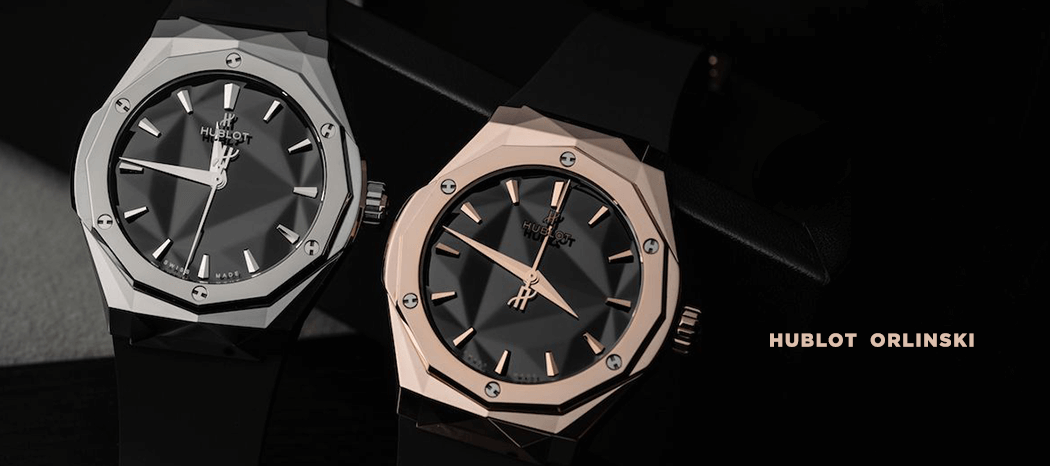
In a world where the informed customer is looking for a luxury watch that has lasting allure and functionality, stainless steel is a marvel of watchmaking. When paired with the right case and dial, the steel bracelet has the advantage of being more robust and elegant than its luxurious counterparts. Stainless steel continues to hold its value in terms of affordability, efficiency and performance as the market for steel watches grows stronger and the watches continue to sell with high velocity.
After all, All that gold doesn’t really glitter!

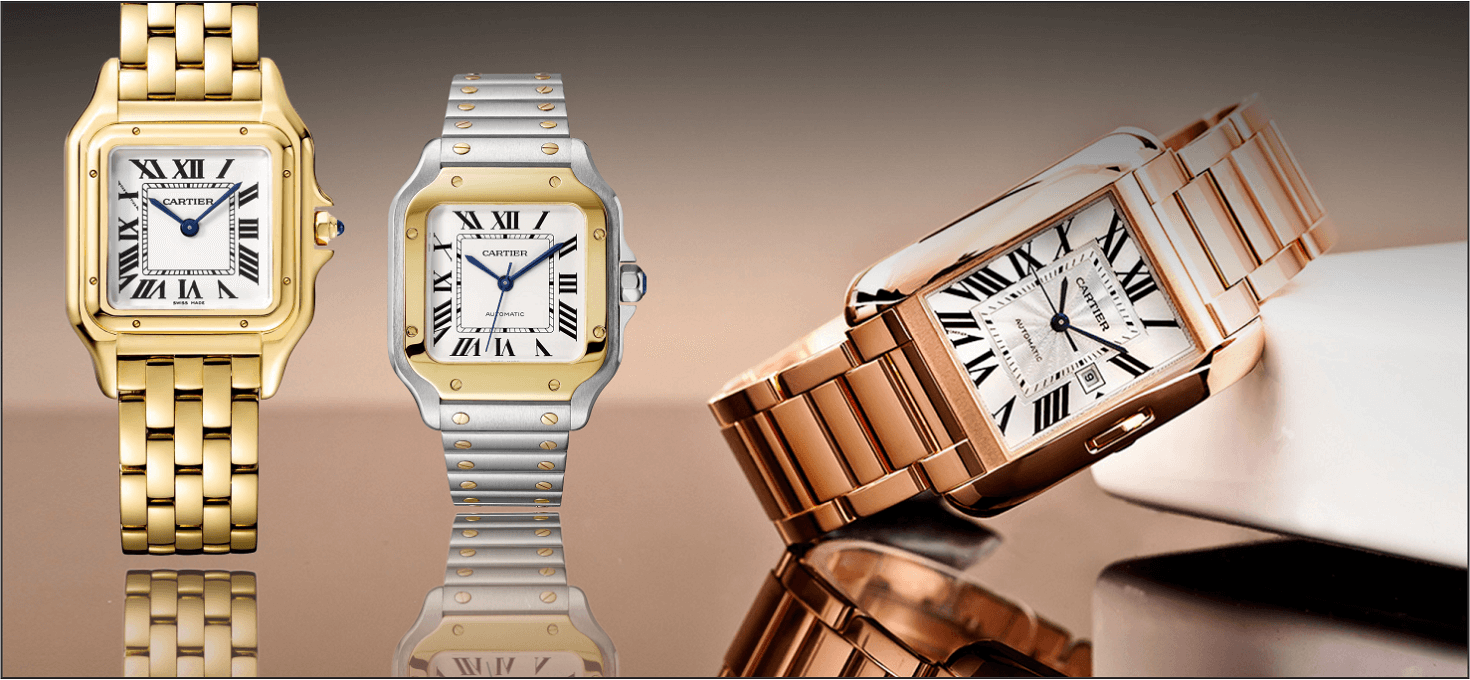


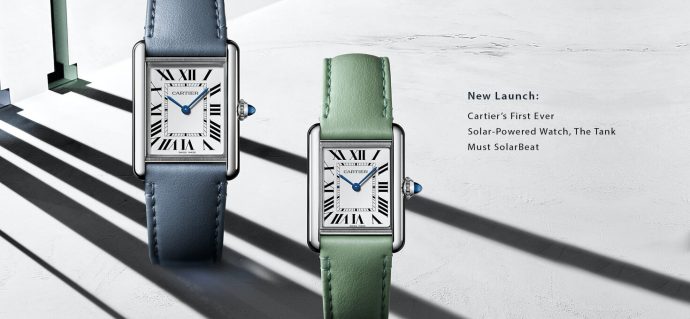
Recent Posts
Recent Comments
Archives